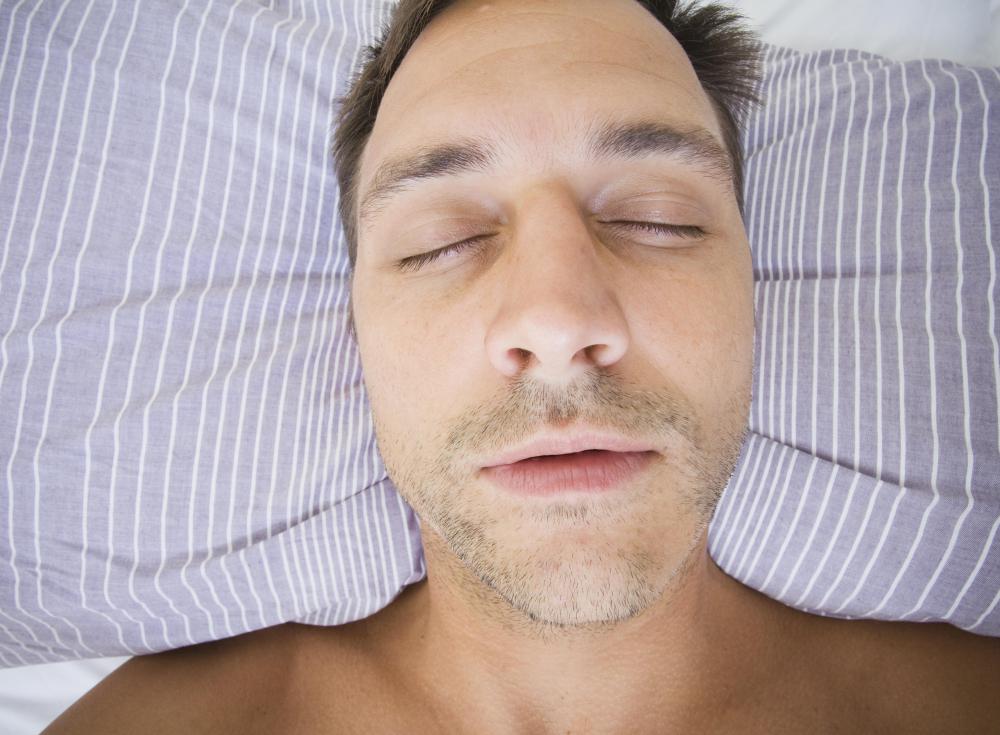At WiseGEEK, we're committed to delivering accurate, trustworthy information. Our expert-authored content is rigorously fact-checked and sourced from credible authorities. Discover how we uphold the highest standards in providing you with reliable knowledge.
What Is Wake Therapy?
Wake therapy is a type of treatment aimed at alleviating depression without the use of medication. Part of a field of study termed "chronotherapy," wake therapy involves keeping people awake during the night and preventing them from sleeping during the day. This sleep deprivation appears to temporarily alleviate signs of depression, but symptoms can return after the patient sleeps normally again.
Chronotherapy means therapy based on time, or khronos in Greek. Scientists in this field are interested in the effects on humans of altering normal patterns of behavior based on the time of day. Wake therapy is one area of chronotherapy, and is focused on people's normal sleep patterns, and what happens when these sleep patterns are disrupted.

Primarily concerned with the treatment of depression, wake therapy has its origins in the 1970s but is still under research as of 2011. The therapy aims to improve depression symptoms in patients that do not respond to conventional treatments such as medication. At its simplest, wake therapy involves keeping a patient awake overnight, and preventing him or her from sleeping through the next day.

Individual studies, or health-care institutions, have differing protocols for a course of wake therapy. Typically, a patient with depression may undergo one sleepless night, followed by a night of sleep. This procedure may be repeated for several days, but the patient generally gets a night of sleep in between nights of sleep deprivation. Some therapy regimes do not require the patient to stay awake all night long, but only for the second half of the night, as this may have the same effects as the entire night's deprivation of sleep.

Alternative methods of wake therapy involve the patient staying awake for one night, and then altering his or her bedtime for the following nights. For example, a sleepless night may be followed by a bedtime the next night of 6pm, and this bedtime is extended over the next few night by an hour each night. Patients may stay in a sleep clinic for the duration of the treatment, under the supervision of sleep or depression experts.
Complementary therapies to wake therapy may also be involved. Light therapy, which exposes the person with depression to light sources during the day to improve depression, such as Seasonal Affective Disorder (SAD), may also help. Antidepressant medications may also form part of the treatment regimen. Together, these treatments may help improve depression symptoms in patients that could last for days to months.
AS FEATURED ON:
AS FEATURED ON:













Discuss this Article
Post your comments